Daily Tour
1 person
English
About this tour
Nestled in the eastern part of Nepal lies a hidden gem of the Himalayas – the majestic Kanchenjunga region. Far from the bustling cities and tourist crowds, this remote area offers a pristine wilderness experience like no other. Join me on a journey as we explore the untouched beauty of Kanchenjunga and immerse ourselves in the raw grandeur of the Himalayan landscape.
As we embark on our trekking adventure, we leave behind the comforts of civilization and step into a world of rugged mountains, dense forests, and ancient glaciers. The air is crisp, the skies are clear, and the towering peaks of Kanchenjunga beckon us onward. Our journey begins in Kathmandu, where we soak in the vibrant culture and rich history of Nepal’s capital city. From bustling markets to ancient temples, Kathmandu offers a glimpse into the heart and soul of this beautiful country.
After making necessary preparations and gearing up for our trek, we board a flight to Bhadrapur before driving to the quaint town of Kanyam, famous for its sprawling tea gardens. Here, amidst rolling hills and verdant valleys, we take our first steps on the trail that will lead us to the base of Kanchenjunga.
Each day brings new adventures as we traverse through remote villages, terraced fields, and dense rhododendron forests. We cross crystal-clear rivers, navigate rocky terrain, and ascend steep mountain passes, all the while surrounded by breathtaking scenery.Along the way, we encounter warm and welcoming locals, whose hospitality knows no bounds. From sharing meals in rustic tea houses to exchanging stories around the campfire, we forge connections that transcend language and cultural barriers.
As we gain altitude, the landscape undergoes a dramatic transformation. Alpine meadows give way to barren rocky slopes, and the air grows thinner with each step. Yet, amidst the harshness of the high mountains, we find beauty in the smallest of details – delicate wildflowers clinging to rocky crevices, elusive wildlife darting through the undergrowth, and the distant echo of a yak’s bell on the wind.
At last, we reach our ultimate destination – the base of Kanchenjunga. Here, surrounded by towering peaks and vast glaciers, we stand in awe of nature’s raw power and timeless beauty. The sheer magnitude of the mountains fills us with a sense of wonder and humility, reminding us of our place in the grand tapestry of the universe.As we begin our journey back to civilization, we carry with us memories that will last a lifetime. The sights, sounds, and experiences of the Kanchenjunga region have left an indelible mark on our souls, igniting a passion for adventure and a deep appreciation for the natural world.
Though our trek may have come to an end, the spirit of exploration lives on in our hearts. As we bid farewell to the mountains and return to the hustle and bustle of everyday life, we carry with us the knowledge that the call of the wild will always beckon us back to the untamed beauty of the Himalayas.
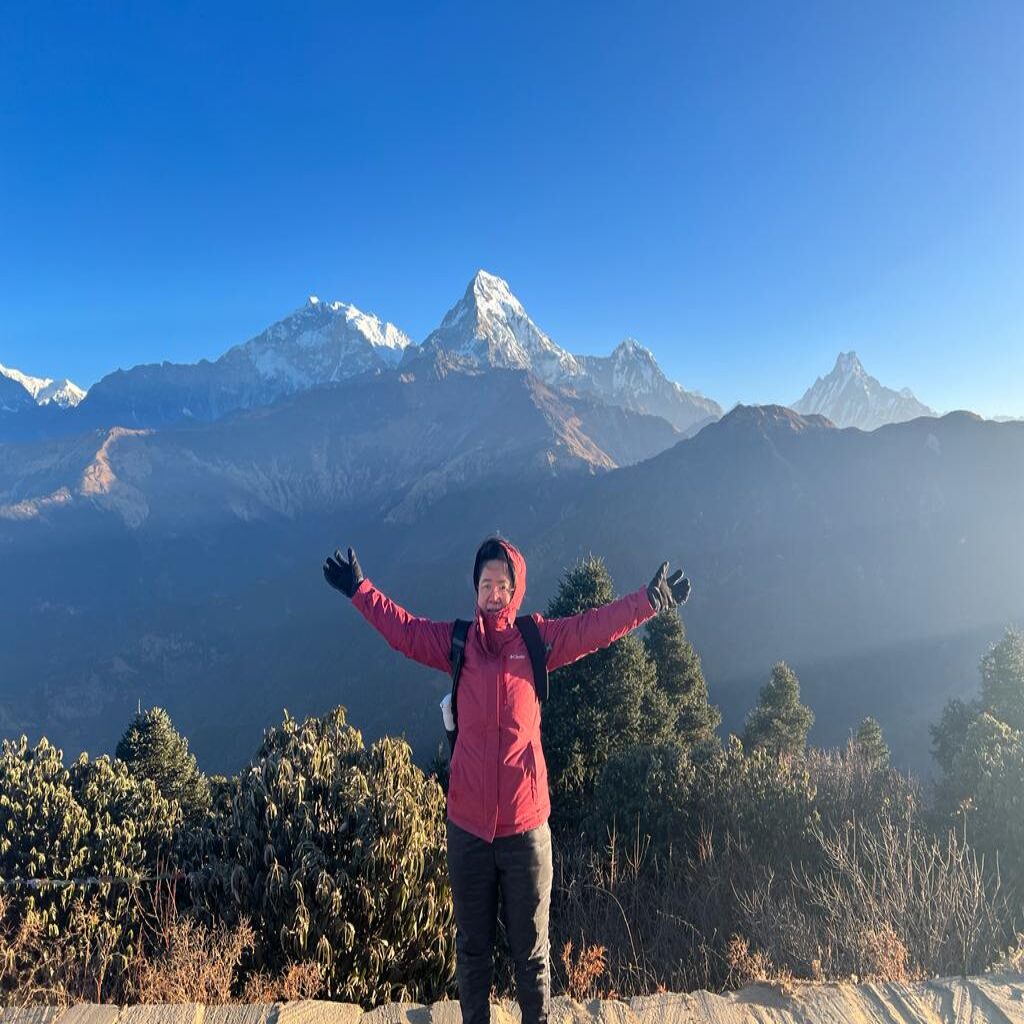
Why this Kanchenjunga Trek ?
Embarking on a journey to explore the untouched beauty of Kanchenjunga was a decision fueled by a deep-seated desire for adventure, a thirst for exploration, and a yearning to connect with nature in its purest form. Here are some compelling reasons why this trip was chosen:
- Unspoiled Wilderness: The Kanchenjunga region offers a pristine wilderness experience far from the beaten path. With its remote location and limited accessibility, this area remains relatively untouched by mass tourism, allowing for a truly authentic and immersive adventure.
- Majestic Landscapes: Home to some of the tallest peaks in the world, including the third highest, Mount Kanchenjunga itself, this region boasts breathtaking landscapes characterized by towering mountains, lush forests, cascading waterfalls, and pristine alpine meadows.
- Cultural Immersion: Trekking through remote villages inhabited by indigenous communities provides a unique opportunity to immerse oneself in the rich cultural heritage of the Himalayan people. Interacting with locals, learning about their traditions, and sharing meals with them adds depth and meaning to the journey.
- Physical Challenge: Trekking in the Himalayas is a physically demanding endeavor that tests one’s endurance, strength, and resilience. Overcoming obstacles such as high altitude, steep ascents, and rugged terrain offers a sense of accomplishment and personal growth.
- Spiritual Connection: The majestic beauty and serene tranquility of the mountains have a profound effect on the human spirit. For many, trekking in the Himalayas is a deeply spiritual experience that fosters introspection, mindfulness, and a sense of awe and reverence for the natural world.
- Adventure and Exploration: For adventurers and outdoor enthusiasts, the allure of exploring uncharted territory and pushing the boundaries of what is possible is irresistible. The thrill of embarking on a journey into the unknown, with its inherent challenges and rewards, is a driving force behind this epic adventure.
In summary, the decision to embark on a trekking expedition to the Kanchenjunga region was motivated by a desire to seek adventure, connect with nature, immerse oneself in local culture, and challenge oneself physically and spiritually. It is a journey of discovery, exploration, and personal growth that promises to leave a lasting impression on the mind, body, and soul.
As we bid farewell to the towering majesty of Kanchenjunga, our hearts are heavy with the weight of unforgettable experiences and the bittersweet longing for the mountains we leave behind. Our journey through the pristine wilderness of the third highest peak in the world has been nothing short of extraordinary – a testament to the untamed beauty and raw power of nature. From the lush forests teeming with life to the rugged terrain where the air grows thin, every step has been a symphony of challenges and triumphs, each moment etched into the fabric of our being.
We’ve forged bonds with fellow adventurers, shared stories around crackling campfires, and marveled at the grandeur of the Himalayas unfolding before us. But amidst the physical exertion and breathtaking vistas, it’s the quiet moments of introspection, the whispers of the wind through the mountain passes, and the profound sense of connection to something greater than ourselves that will linger long after our footsteps fade from these hallowed trails.
As we descend from the realm of giants, back to the world below, we carry with us the memories of Kanchenjunga – a reminder of our resilience, our capacity for wonder, and the unyielding spirit of adventure that propels us ever onward. And though our journey may come to an end, the mountains will forever hold a piece of our hearts, calling us back to their embrace time and time again. So, as we bid adieu to Kanchenjunga, let us cherish these memories, honor these moments, and remain forever humbled by the grandeur of the natural world.
Until we meet again amidst the peaks that touch the sky, may the spirit of the mountains guide our steps and inspire us to seek new horizons, knowing that the greatest adventures are yet to come. Please Nepal tourism board for more details.
Highlights
- Spectacular views of Mount Kanchenjunga, the third highest peak in the world.
- Trekking through diverse landscapes including lush forests, alpine meadows, and glacial valleys.
- Encounters with unique flora and fauna, including rhododendron forests, rare orchids, and elusive wildlife like the snow leopard.
- Immersion in the rich cultural heritage of indigenous communities such as the Sherpas, Limbus, and Rai people.
- Crossing high mountain passes like the Lapsang La Pass and the Sele La Pass, offering panoramic vistas of the Himalayas.
- Exploration of remote villages and monasteries, providing insights into traditional lifestyles and spiritual practices.
- Opportunity for side trips to scenic viewpoints, pristine lakes, and hidden waterfalls.
- Challenges of high-altitude trekking and acclimatization, enhancing physical and mental resilience.
- Interaction with friendly locals and fellow trekkers, fostering camaraderie and shared experiences.
- A sense of accomplishment upon completing one of the most challenging and rewarding treks in the Himalayas.
Included/Excluded
- Trekking Permits: Permit fees required for entering the Kanchenjunga Conservation Area and other restricted regions.
- Accommodation: Accommodation in teahouses or lodges along the trekking route.
- Meals: Three meals a day (breakfast, lunch, and dinner) during the trek.
- Guide and Porters: Services of an experienced trekking guide and porters to carry luggage.
- Transportation: Transportation to and from the trekking starting/ending point (often Kathmandu).
- Airport Transfers: Transfer between the airport and hotel in Kathmandu.
- Trekking Equipment: Basic trekking equipment such as tents, sleeping bags, and mattresses.
- Emergency Evacuation: Emergency evacuation arrangements in case of medical emergencies.
- First Aid Kit: Basic first aid supplies and medical assistance if needed.
- Trekking Insurance: Comprehensive travel and medical insurance for the duration of the trek.
- Trekking Briefing: Pre-trek briefing session to provide information about the trek itinerary, safety precautions, and packing tips.
- International Flights: Flights to and from Kathmandu, Nepal.
- Visa Fees: Visa fees for entering Nepal (if applicable).
- Personal Expenses: Expenses for additional snacks, drinks, souvenirs, and personal items.
- Tips: Gratuity for guides, porters, and support staff (typically recommended but not mandatory).
- Extra Accommodation: Accommodation in Kathmandu before or after the trek.
- Meals in Kathmandu: Meals in Kathmandu or other cities outside of the trekking route.
- Alcoholic Beverages: Alcoholic drinks and beverages during the trek.
- Additional Activities: Costs for optional activities or side trips not included in the standard itinerary.
- Travel Insurance: Travel insurance for cancellations, flight delays, and other unforeseen circumstances before or after the trek.
- Personal Equipment: Personal trekking gear such as trekking poles, boots, and clothing.
- Emergency Expenses: Any expenses incurred due to unforeseen circumstances such as natural disasters or political unrest.
Itinerary
Upon arrival at Tribhuvan International Airport in Kathmandu, you'll be greeted by a representative from the trekking agency who will transfer you to your hotel. After settling in, you can explore the bustling streets of Kathmandu, filled with ancient temples, vibrant markets, and rich cultural heritage.
- Today is dedicated to sightseeing in Kathmandu, where you'll visit UNESCO World Heritage Sites such as Kathmandu Durbar Square, Swayambhunath Stupa (Monkey Temple), Pashupatinath Temple, and Boudhanath Stupa. In the afternoon, you'll have a trek briefing and equipment check with your trekking guide to ensure you're adequately prepared for the journey ahead.
- After an early morning flight to Bhadrapur, you'll embark on a scenic drive to Kanyam, a picturesque town famous for its tea gardens. You'll have the opportunity to relax and acclimatize to the lower altitude while enjoying the serene surroundings of the tea estate.
- Today, you'll drive to Suketar and begin your trek towards Lali Kharkha. The trail meanders through lush forests and small villages, offering glimpses of rural life in the Himalayas. Lali Kharkha is a beautiful campsite surrounded by rhododendron forests and offers stunning views of the surrounding mountains.
- The trek continues through rhododendron and pine forests, with occasional views of snow-capped peaks. Kade Banjyang is a tranquil village located amidst terraced fields, where you'll spend the night.
- Today's trail descends through forests and terraced fields, passing small settlements along the way. Phumphe Danda is a scenic ridge offering panoramic views of the surrounding valleys and mountains.
- The trek continues through forested trails and small villages, with occasional encounters with local villagers and their livestock. Sherpaguan is a charming village inhabited by Sherpa communities, where you'll experience their warm hospitality and cultural traditions.
- Today's trek involves ascending steep trails as you make your way towards Torongton. The terrain becomes rugged, and you'll be rewarded with breathtaking views of the Himalayan peaks.
- The trail gradually ascends through alpine meadows and rhododendron forests, offering glimpses of Mount Kanchenjunga and its surrounding peaks. Tseram is a tranquil village nestled amidst pristine wilderness, where you'll spend the night.
- Today is a rest day for acclimatization. You can explore the surrounding area, take short walks, or simply relax and enjoy the stunning mountain scenery.
- The trail ascends steeply towards Ramche, passing through high-altitude terrain and glacial moraines. Ramche is a remote village located in the shadow of Mount Kanchenjunga, offering awe-inspiring views of the surrounding peaks.
- Today, you'll hike to the Oktang viewpoint for a close-up view of Mount Kanchenjunga and its surrounding glaciers. After soaking in the majestic scenery, you'll return to Tseram for the night.
- The trail ascends steeply towards Sele La Pass, crossing rugged terrain and rocky slopes. Sele La offers panoramic views of the Himalayan peaks and is a strategic vantage point along the trek.
- Today is another rest day for acclimatization. You can explore the surrounding area or simply relax and enjoy the tranquility of the mountains.
- The trail descends steeply towards Ghunsa, passing through lush forests and alpine meadows. Ghunsa is a charming village located along the riverbank, inhabited by Tibetan communities known for their unique culture and hospitality.
- Today's trek involves ascending steep trails as you make your way towards Kambachen. The trail offers stunning views of Mount Jannu and other towering peaks of the Kanchenjunga range.
- Today, you'll embark on a side trip to Janu Himal Base Camp, offering close-up views of the majestic Janu Himal and its surrounding glaciers. After exploring the base camp, you'll return to Kambachen for the night.
- The trail continues through rugged terrain and glacial moraines as you trek towards Lhonak. Lhonak is a remote settlement located amidst towering peaks and pristine wilderness, offering a true sense of adventure.
- Today's trek involves ascending towards Pang Pema, the base camp for Mount Kanchenjunga. The trail offers awe-inspiring views of the surrounding glaciers and towering peaks, including Mount Kanchenjunga itself.
- Today, you'll embark on a day hike to Domo Ri peak viewpoint for panoramic views of the Kanchenjunga range. After soaking in the breathtaking scenery, you'll return to Lhonak for the night.
- The trail descends steeply as you make your way back towards Ghunsa, passing through familiar landscapes and picturesque villages along the way.
- Today's trek involves descending through forested trails and terraced fields as you make your way towards Gyabla. The trail offers glimpses of rural life in the Himalayas and stunning views of the surrounding valleys.
- The trail continues to descend towards Amjilosa, passing through lush forests and small villages. Amjilosa is a tranquil village located along the riverbank, offering a peaceful setting for the night.
Today's trek retraces your steps back to Ranipul, following familiar trails through forests and small settlements. You'll pass by scenic viewpoints and enjoy the tranquility of the Himalayan landscape one last time before reaching Ranipul for the night.
- The final leg of the trek takes you back to Taplejung, where you'll bid farewell to the mountains and rural villages that have been your home for the past few weeks. Upon reaching Taplejung, you'll have the opportunity to rest and reflect on your unforgettable journey through the Himalayas.
- Today, you'll embark on a scenic drive to Kanyam tea garden, where you can relax and unwind amidst the serene surroundings of the tea estate. You'll have the opportunity to explore the tea gardens, learn about tea cultivation, and savor the flavors of freshly brewed tea.
- After breakfast, you'll trek from Kanyam to Bhadrapur, enjoying the scenic landscapes and rural villages along the way. Upon reaching Bhadrapur, you'll check into your hotel and have the evening free to rest and prepare for your journey back to Kathmandu.
- Today, you'll catch an early morning flight from Bhadrapur to Kathmandu, offering aerial views of the majestic Himalayas as you bid farewell to the mountains. Upon arrival in Kathmandu, you'll be transferred to your hotel, where you can rest and relax after your trekking adventure.
Languages
Frequently asked questions
The Kanchenjunga Trek is a long and immersive journey that typically spans around 25 to 30 days. This duration includes both trekking and travel days to and from the starting point of the trek. The trek covers a significant distance as it encircles the majestic Mount Kanchenjunga, the third highest peak in the world. The length of the trek allows trekkers to fully immerse themselves in the remote and pristine landscapes of the eastern Himalayas, experiencing the diverse terrain, rich cultural heritage, and breathtaking vistas along the way.
The Kanchenjunga Trek is best undertaken during the spring (March to May) and autumn (September to November) seasons. During these months, the weather conditions are generally stable, with clear skies, mild temperatures, and minimal precipitation. The spring season brings blooming rhododendrons and vibrant vegetation, adding to the scenic beauty of the trek. Similarly, autumn offers crisp, clear days with stunning views of the surrounding mountains. Trekkers are advised to avoid the monsoon season (June to August) due to heavy rainfall, which can lead to slippery trails, landslides, and limited visibility.
While prior trekking experience is not mandatory, it is highly recommended for the Kanchenjunga Trek due to its challenging nature. The trek involves trekking at high altitudes, navigating rugged terrain, crossing high mountain passes, and enduring long days of walking. Adequate physical fitness, stamina, and acclimatization are essential for a successful and enjoyable trekking experience. Trekkers with previous experience in high-altitude trekking and multi-day hikes will find it easier to tackle the demands of the Kanchenjunga Trek and fully appreciate its beauty and remoteness.
Trekkers undertaking the Kanchenjunga Trek need to obtain several permits to enter the region. Firstly, a special trekking permit is required for the Kanchenjunga Conservation Area, as it is a restricted area designated by the Nepalese government. Additionally, permits from the local authorities and TIMS (Trekkers' Information Management System) are also necessary. These permits regulate access to the trekking routes, ensure environmental conservation, and contribute to local development initiatives. It is essential for trekkers to obtain these permits in advance and adhere to the rules and regulations set forth by the authorities.
The Kanchenjunga Trek is considered to be a challenging expedition, suited for experienced trekkers with a good level of physical fitness and outdoor skills. The trek involves trekking at high altitudes, navigating rugged terrain, crossing high mountain passes, and enduring long days of walking. Trekkers should be prepared for altitude-related challenges, such as altitude sickness, and take necessary precautions for acclimatization. The remote and isolated nature of the trek adds to its difficulty, requiring self-sufficiency and preparedness for emergencies. However, the rewards of completing the Kanchenjunga Trek are unparalleled, with unforgettable experiences and breathtaking scenery awaiting those who undertake this epic journey.
The Kanchenjunga Trek poses several risks and challenges that trekkers should be aware of and prepared for. These include altitude sickness, which can occur due to the high elevations reached during the trek. Trekkers should take adequate time for acclimatization and be vigilant for symptoms of altitude sickness such as headache, nausea, and fatigue. Other risks include inclement weather, rugged terrain, and potential hazards such as landslides and avalanches, particularly during the monsoon season. It is essential for trekkers to be properly equipped, physically fit, and informed about safety procedures to mitigate these risks and ensure a safe and enjoyable trekking experience.
The Kanchenjunga Trek requires a good level of physical fitness and stamina due to the challenging terrain and high altitudes encountered along the route. Trekkers should be comfortable walking for several hours a day over uneven terrain and steep ascents and descents. Prior trekking experience and regular cardiovascular exercise are beneficial for preparing for the demands of the trek. It is also recommended to engage in strength training and endurance exercises to build muscular strength and stamina. Adequate preparation and training will enhance the trekking experience and minimize the risk of fatigue and injury.
Packing the right gear and equipment is essential for a successful and enjoyable trekking experience on the Kanchenjunga Trek. Some essential items to pack include sturdy hiking boots, comfortable and breathable clothing suitable for layering, a warm jacket, rain gear, a sleeping bag rated for cold temperatures, a backpack, trekking poles, a first aid kit, sunscreen, sunglasses, a hat, and a water bottle or hydration system. Additionally, don't forget essential personal items such as toiletries, medications, and any necessary documentation (passports, permits, insurance). It's crucial to pack light but efficiently, considering the changing weather conditions and rugged terrain encountered during the trek.

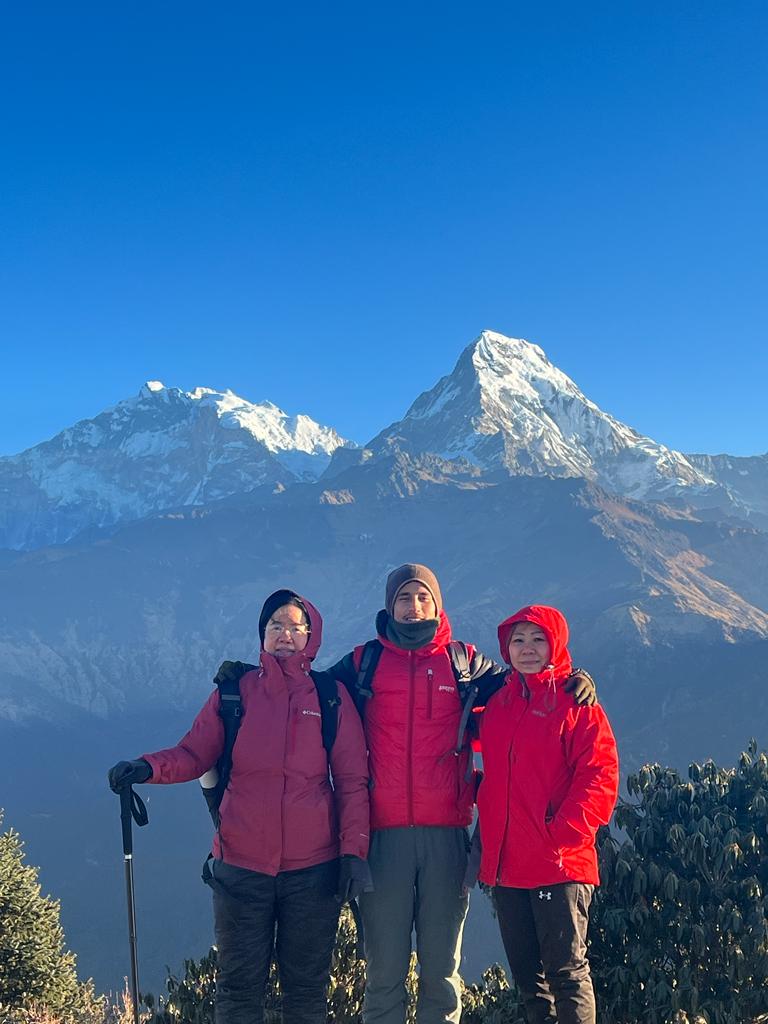
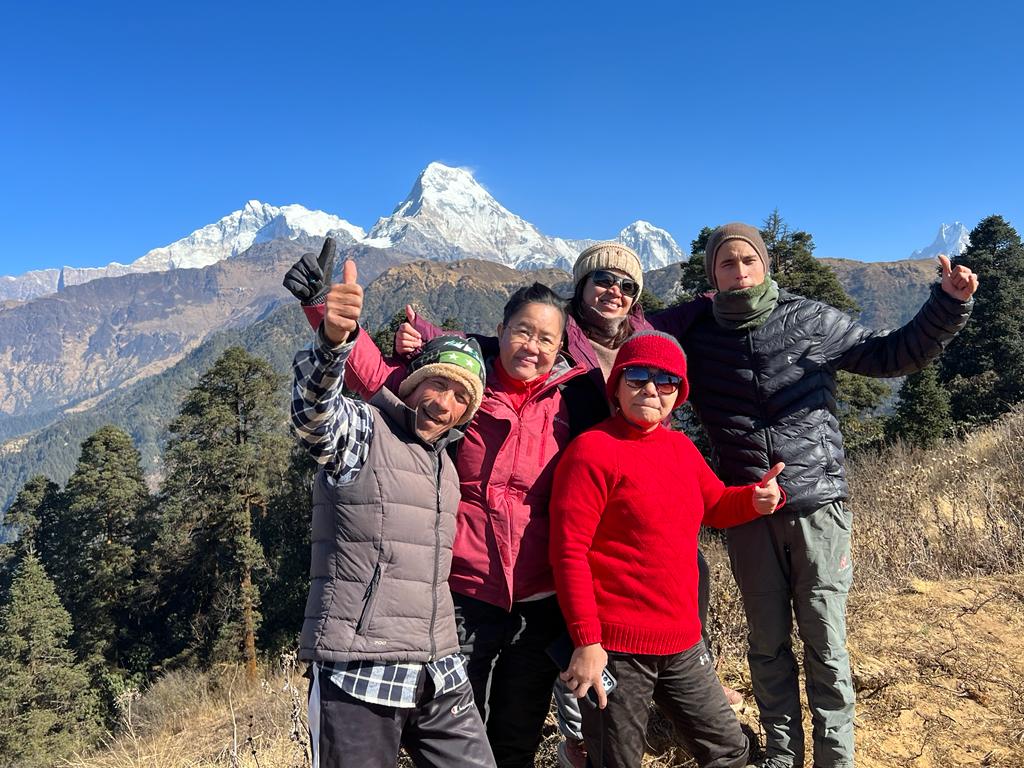
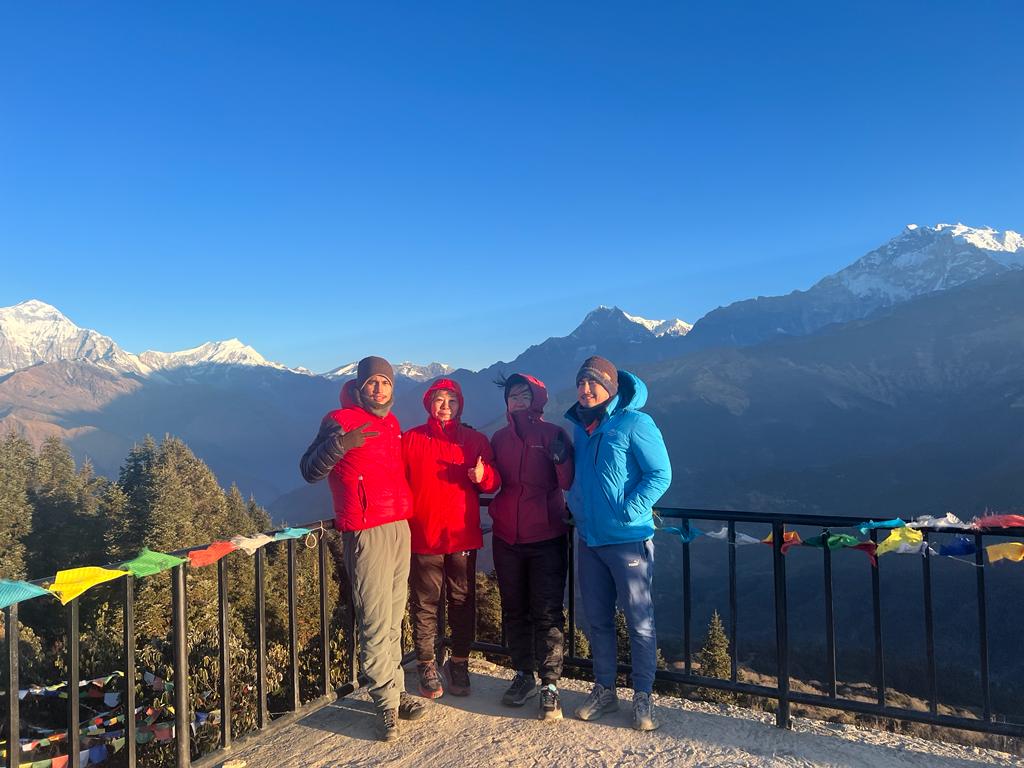
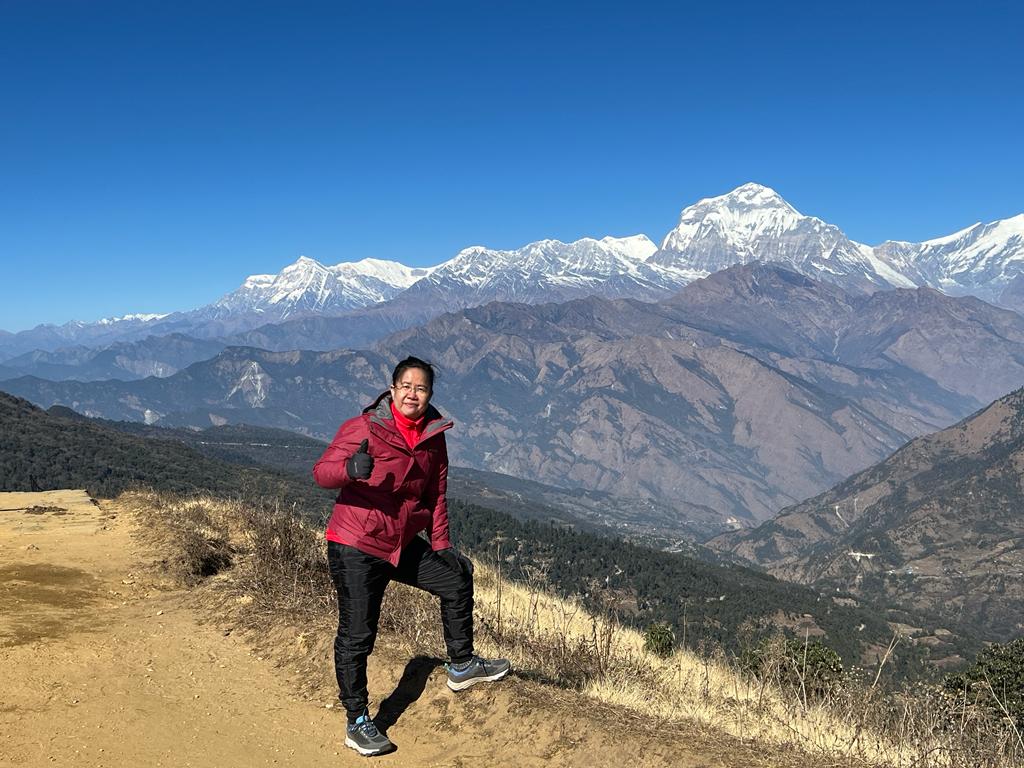
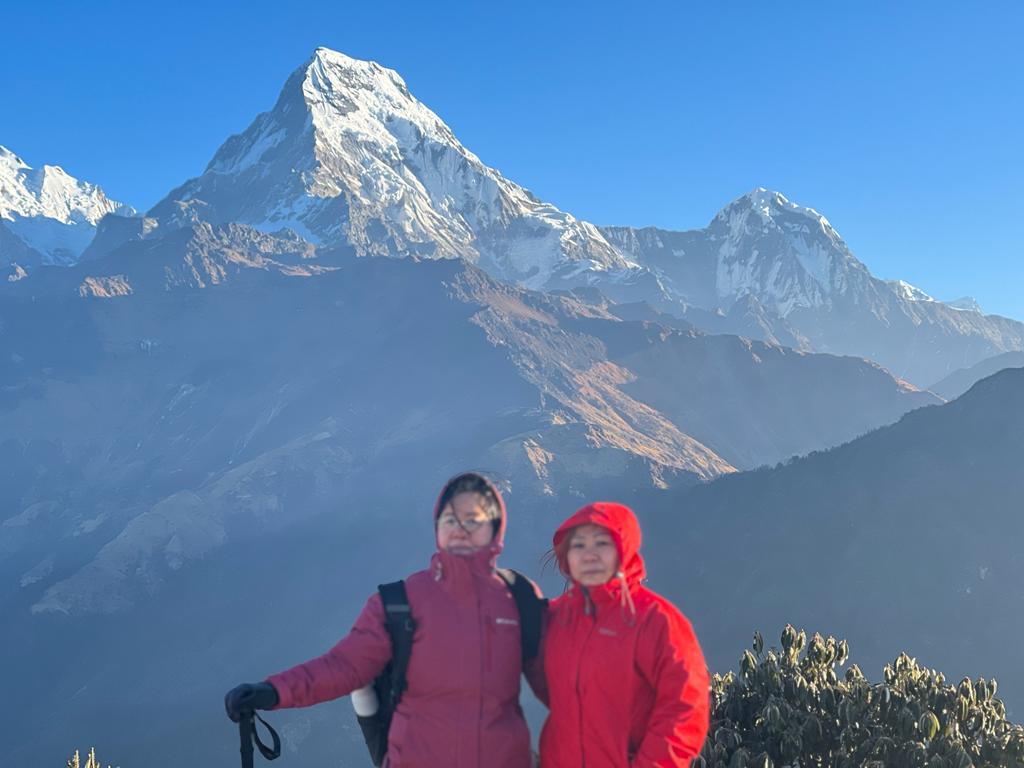
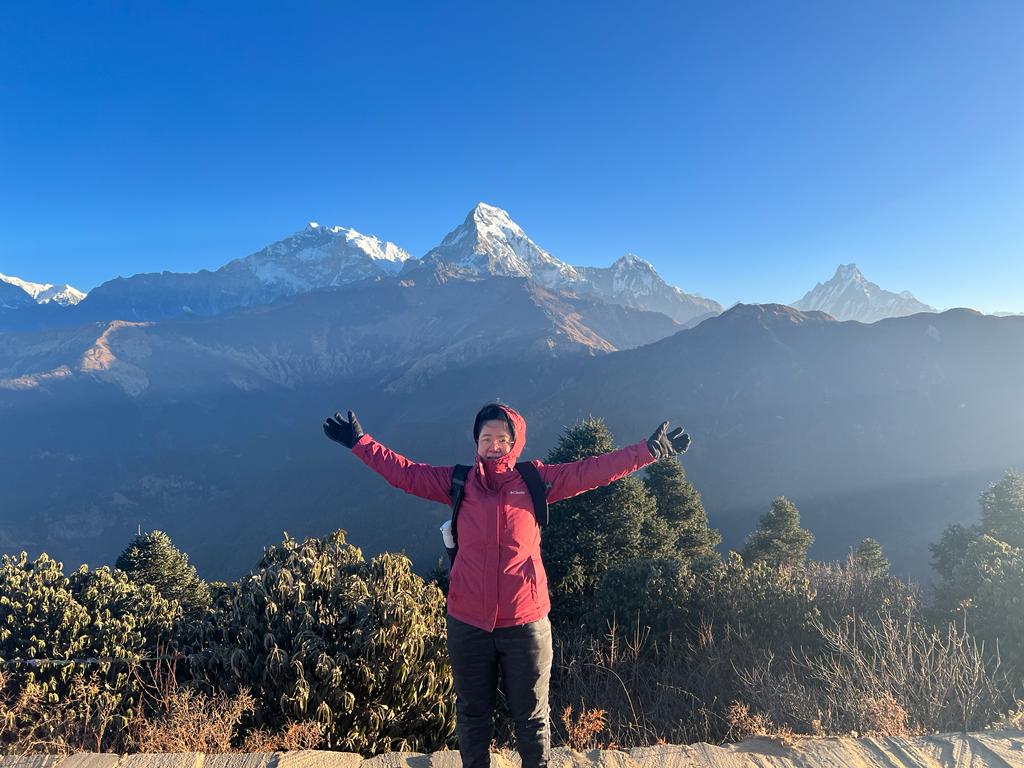
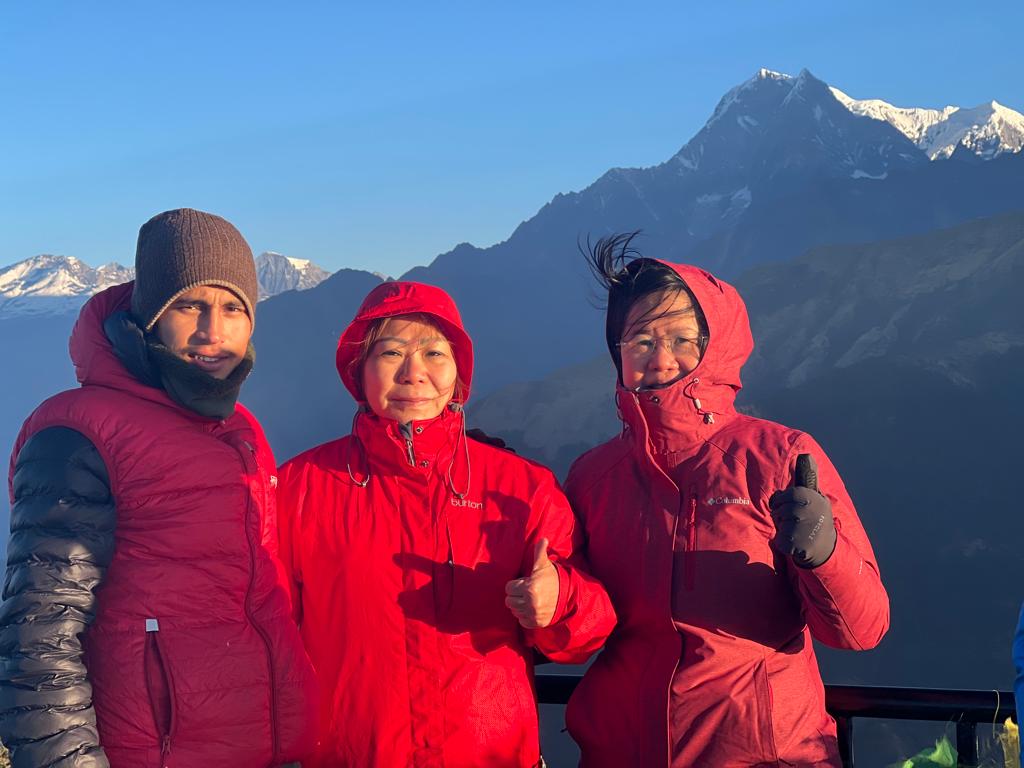
Leave a review